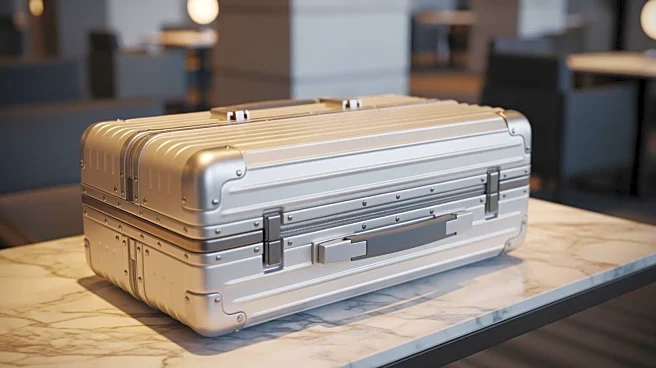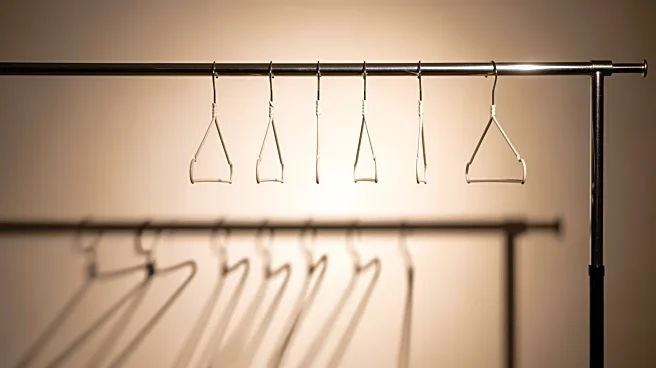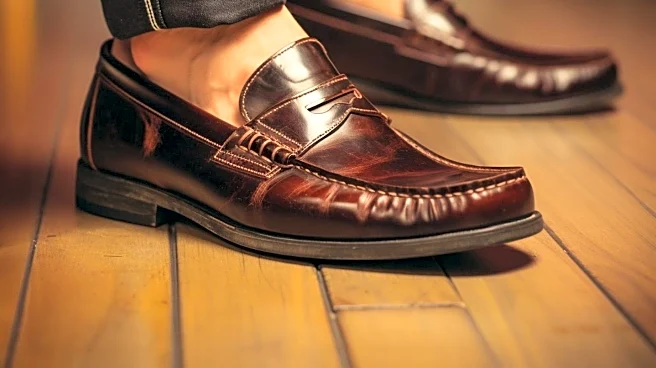What's Happening?
The global luggage market has experienced significant growth, increasing by 4.5% to reach $19 billion in 2024. This expansion is largely driven by consumers' renewed interest in travel and experiences
following the pandemic. Luxury luggage, once considered merely functional, has now become a symbol of personal style and status. Established brands like Rimowa and Tumi continue to dominate the high-end market, while new entrants and existing brands are competing in the lower and middle segments. Innovations and elevated designs are helping premium brands capture market share. Notably, Rimowa, under the leadership of Alexandre Arnault and later Hugues Bonnet-Masimbert, has enhanced its cultural credibility through collaborations with streetwear labels, reinforcing luggage as a status item.
Why It's Important?
The shift in consumer behavior towards viewing luggage as a fashion statement rather than just a travel necessity has significant implications for the luxury goods industry. As more brands enter the luggage market, competition is intensifying, potentially leading to more innovative products and designs. This trend reflects broader changes in consumer priorities, where experiences and personal expression are increasingly valued. For luxury brands, expanding into luggage offers a new revenue stream and an opportunity to engage with consumers seeking status symbols. Retailers like Nordstrom have adapted by broadening their luggage offerings, indicating a strategic shift to meet evolving consumer demands.
What's Next?
As the luggage market continues to grow, brands may further innovate to differentiate themselves and capture consumer interest. Collaborations with fashion and streetwear labels could become more common, enhancing the cultural appeal of luggage. Retailers might expand their selections to include more diverse and stylish options, catering to the fashion-conscious traveler. The ongoing competition could lead to price adjustments and new marketing strategies aimed at highlighting the status and style aspects of luggage. Additionally, the focus on sustainability and eco-friendly materials may increase as brands seek to align with consumer values.
Beyond the Headlines
The evolution of luggage from a functional item to a fashion accessory highlights broader cultural shifts towards personalization and status-driven consumption. This trend may influence other sectors, encouraging brands to rethink how they position everyday items as extensions of personal style. The emphasis on collaborations and cultural credibility could lead to more cross-industry partnerships, blending fashion with other lifestyle sectors. As consumers continue to prioritize experiences, brands that successfully integrate style with functionality may gain a competitive edge.











